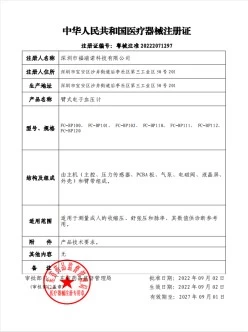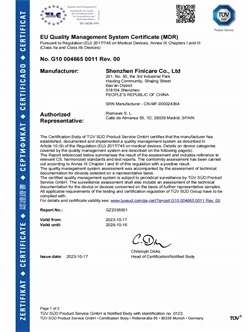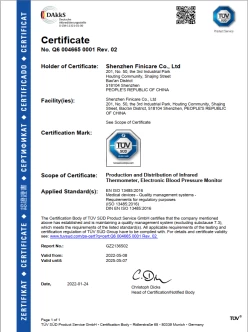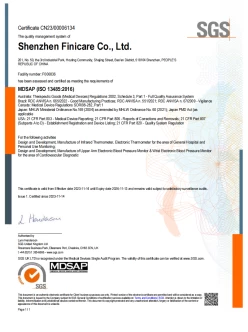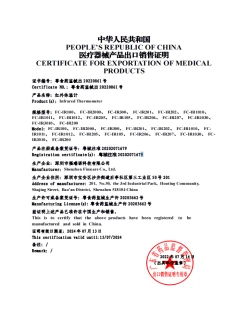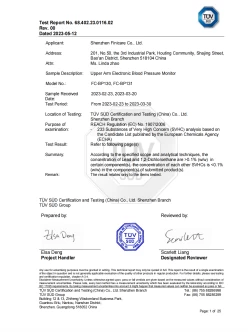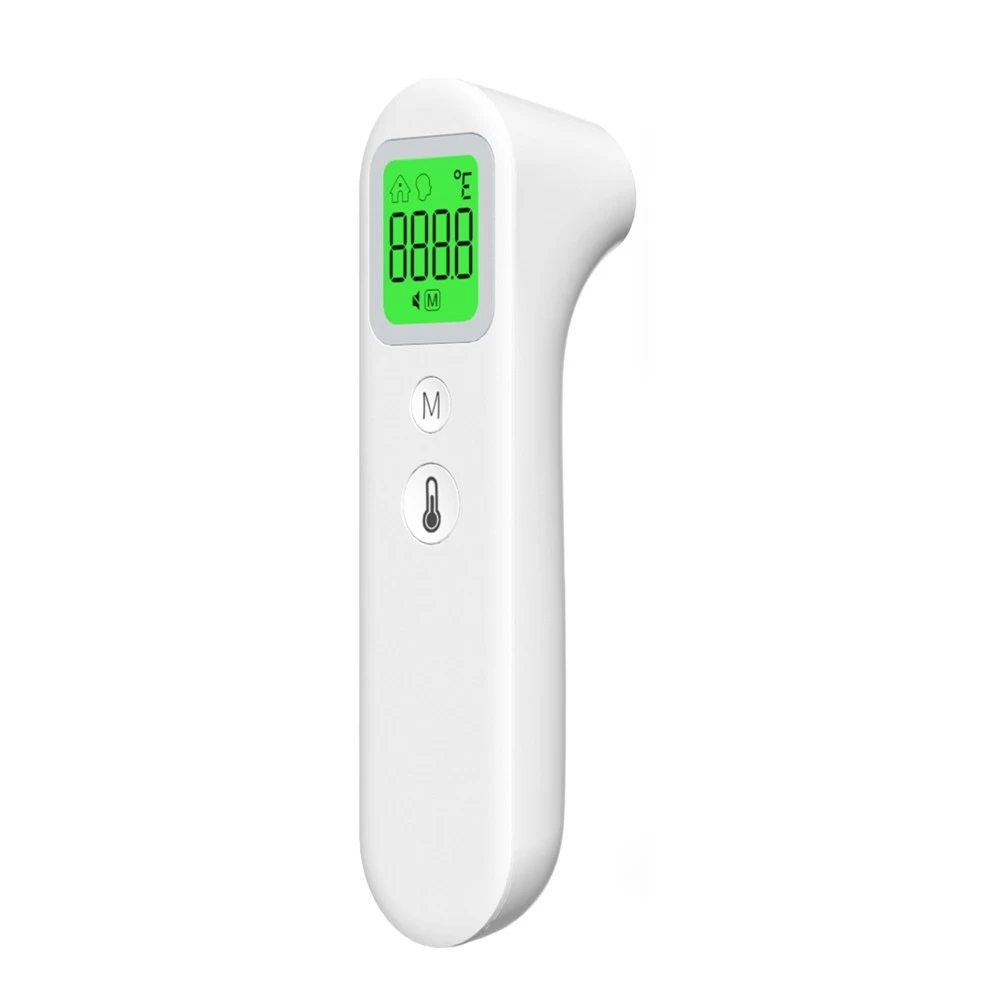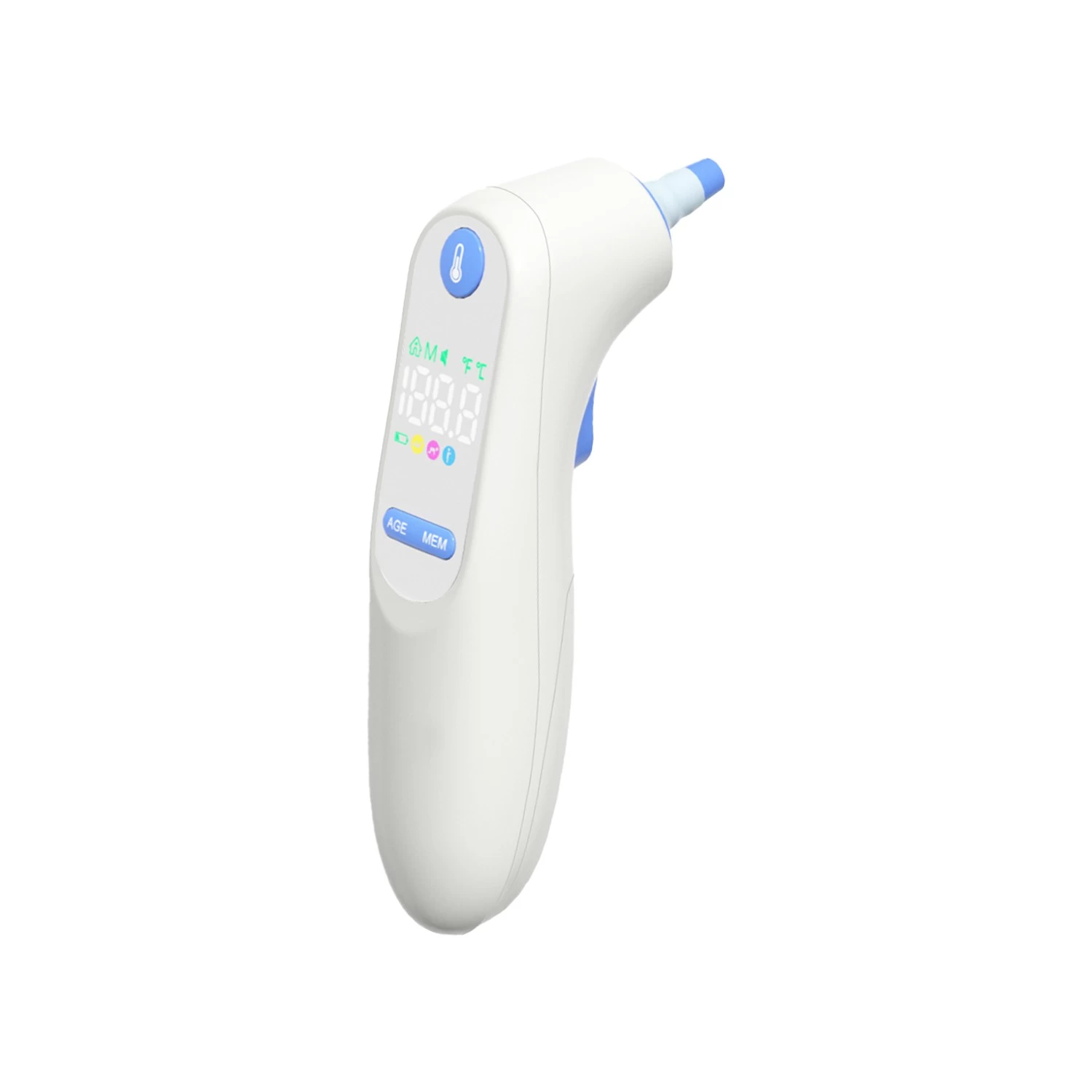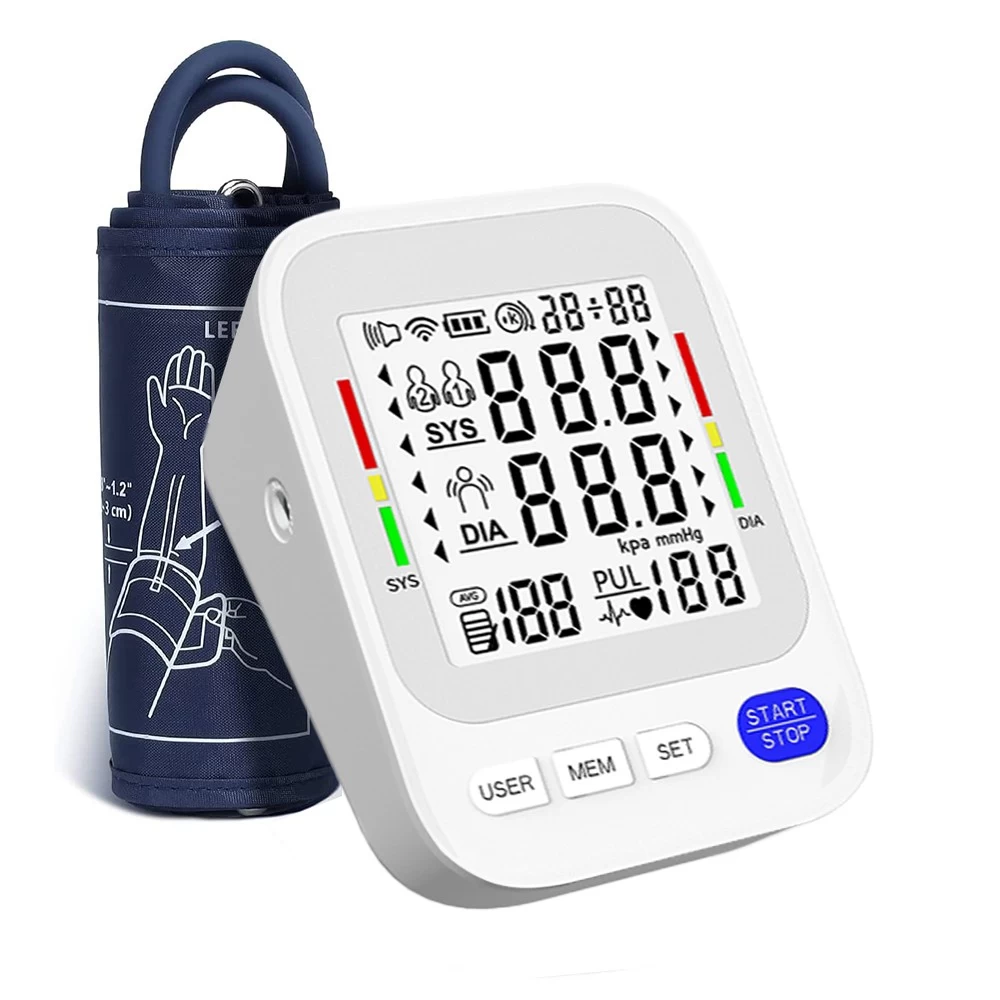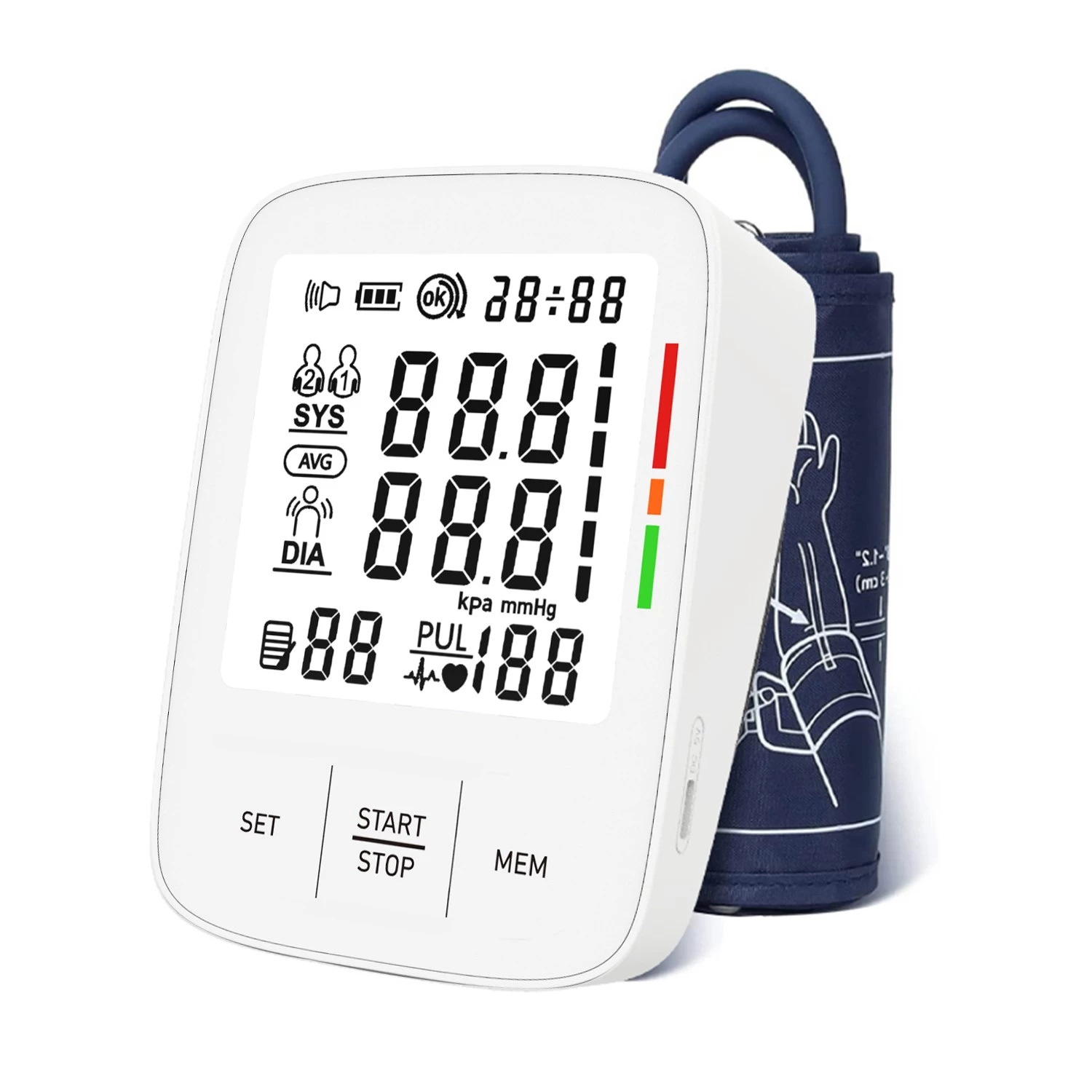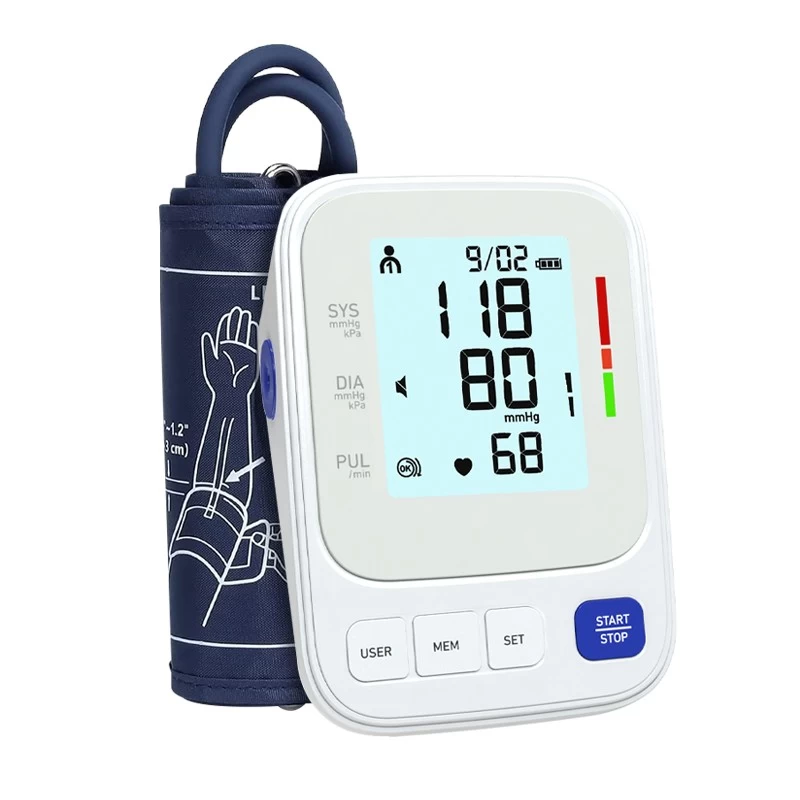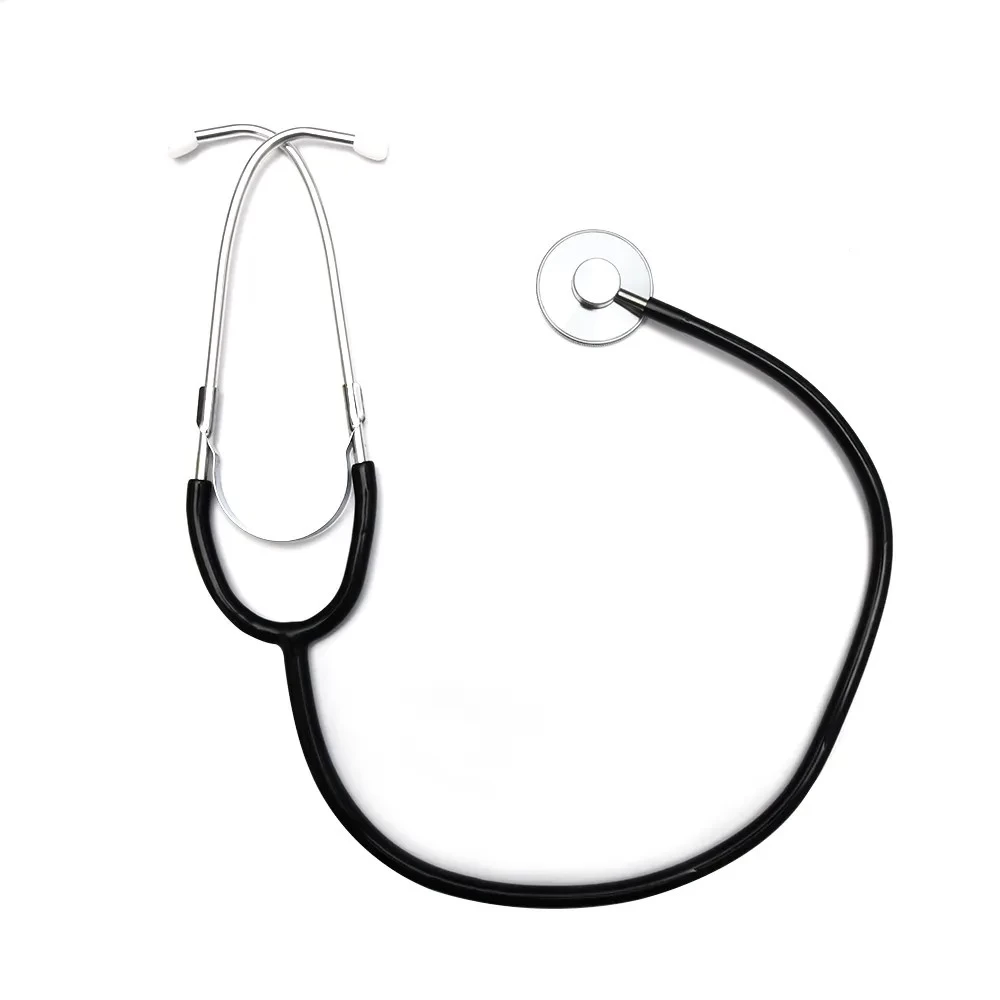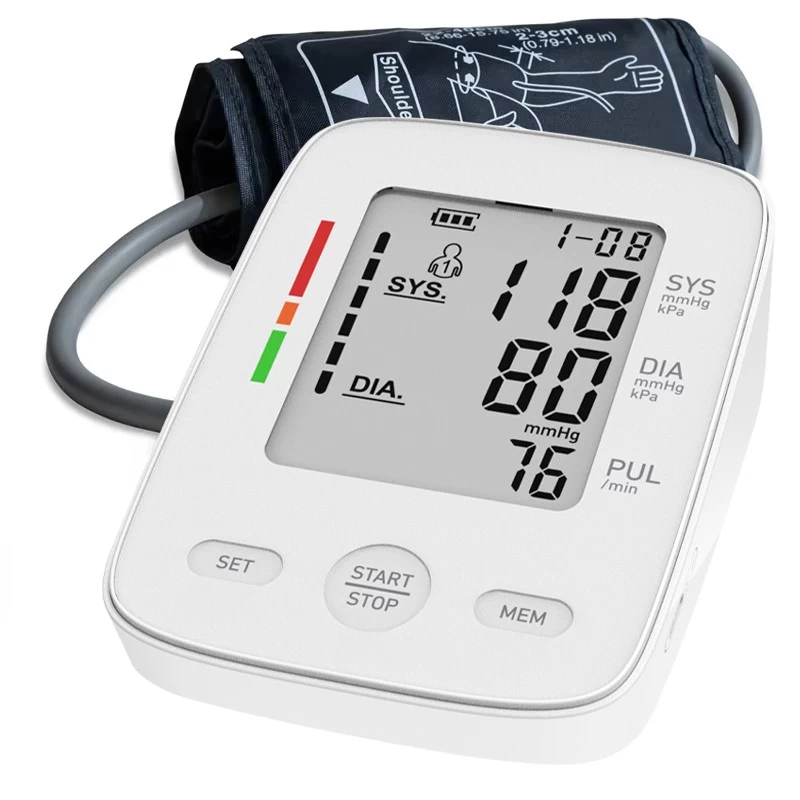Key Steps for Using Digital Blood Pressure Monitor
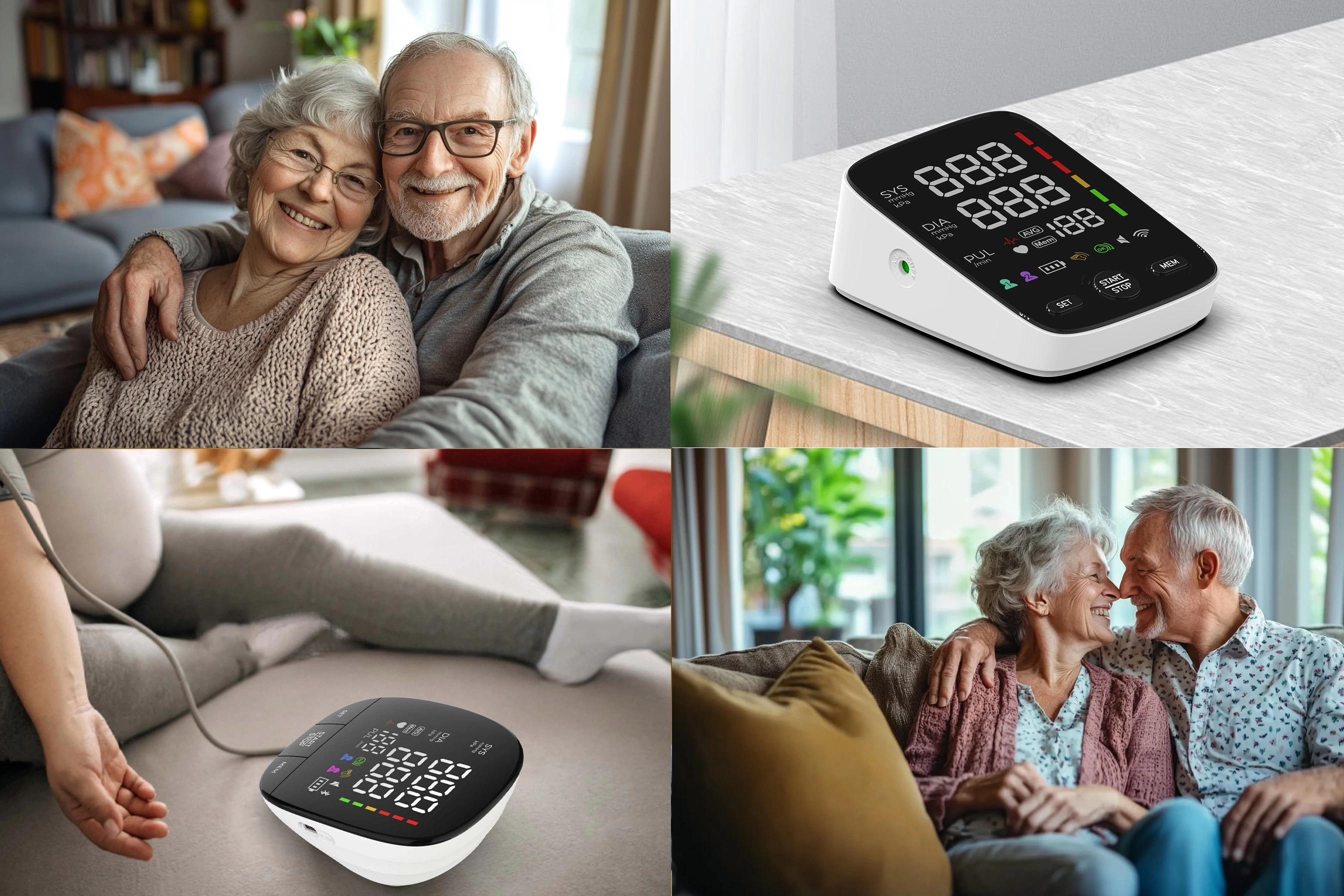
**Key Steps for Using Digital Blood Pressure Monitor**
Monitoring your blood pressure is a vital part of maintaining good health, especially for those managing conditions such as hypertension or heart disease. A blood pressure monitor can serve as a valuable tool, helping you track your health trends and make informed decisions about your lifestyle and care. Here are the key steps to effectively use a blood pressure monitor.
---
**Step 1: Choose the Right Blood Pressure Monitor**
Selecting the right device is the foundation of accurate and effective monitoring. Blood pressure monitors typically come in two main types:
- **Upper Arm Monitors**: These are the most accurate and widely recommended type. They use an inflatable cuff placed around your upper arm to provide precise readings.
- **Wrist Monitors**: Compact and portable, these are convenient for on-the-go use but can be less accurate due to sensitivity to wrist positioning.
When choosing a monitor, consider factors such as cuff size, ease of use, and features like memory storage or smartphone connectivity. Always opt for devices validated by medical organizations for reliability.
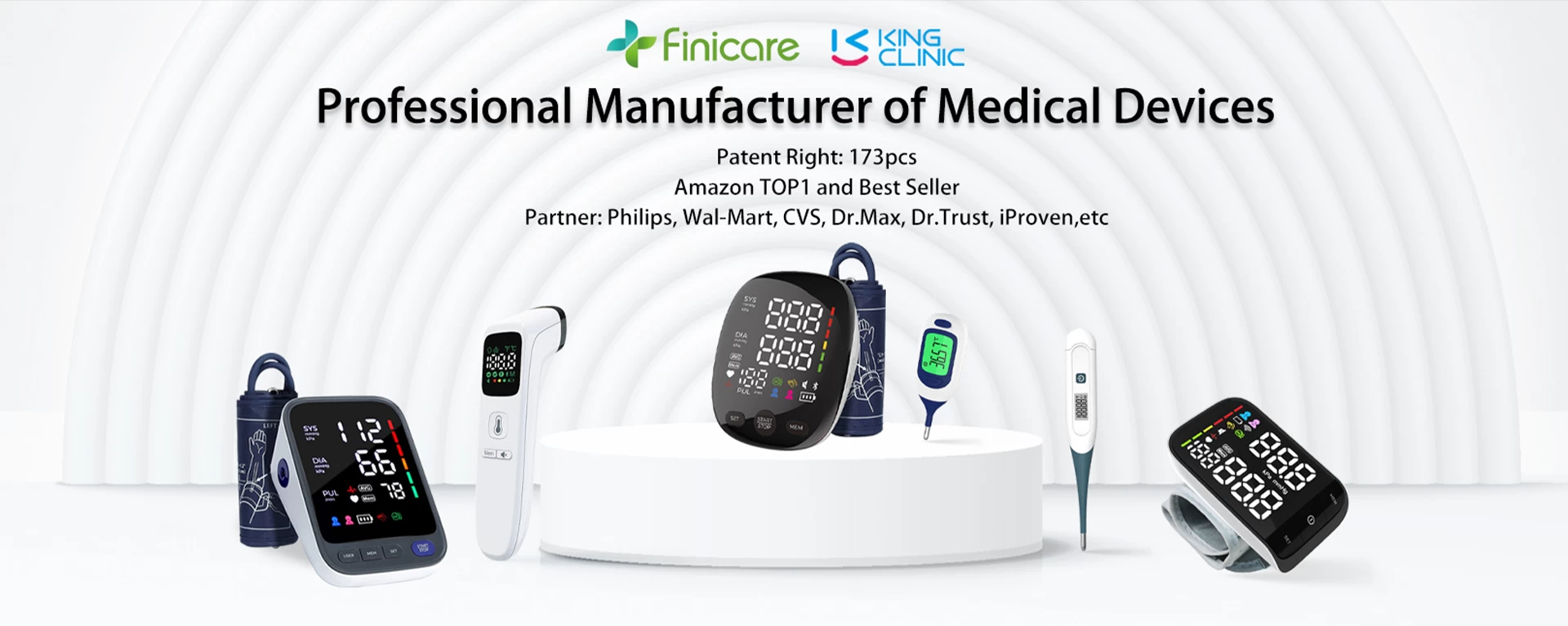
---
**Step 2: Prepare for Measurement**
For accurate results, proper preparation is essential. Here’s how to set up for a reliable reading:
1. **Find a Quiet Space**: Sit in a calm, quiet environment free of distractions for at least 5 minutes before measuring.
2. **Avoid Interferences**: Refrain from smoking, drinking caffeinated beverages, or engaging in vigorous activities for 30 minutes prior to taking a reading.
3. **Wear Comfortable Clothing**: Ensure the cuff can be placed directly on your skin without being obstructed by thick or tight clothing.
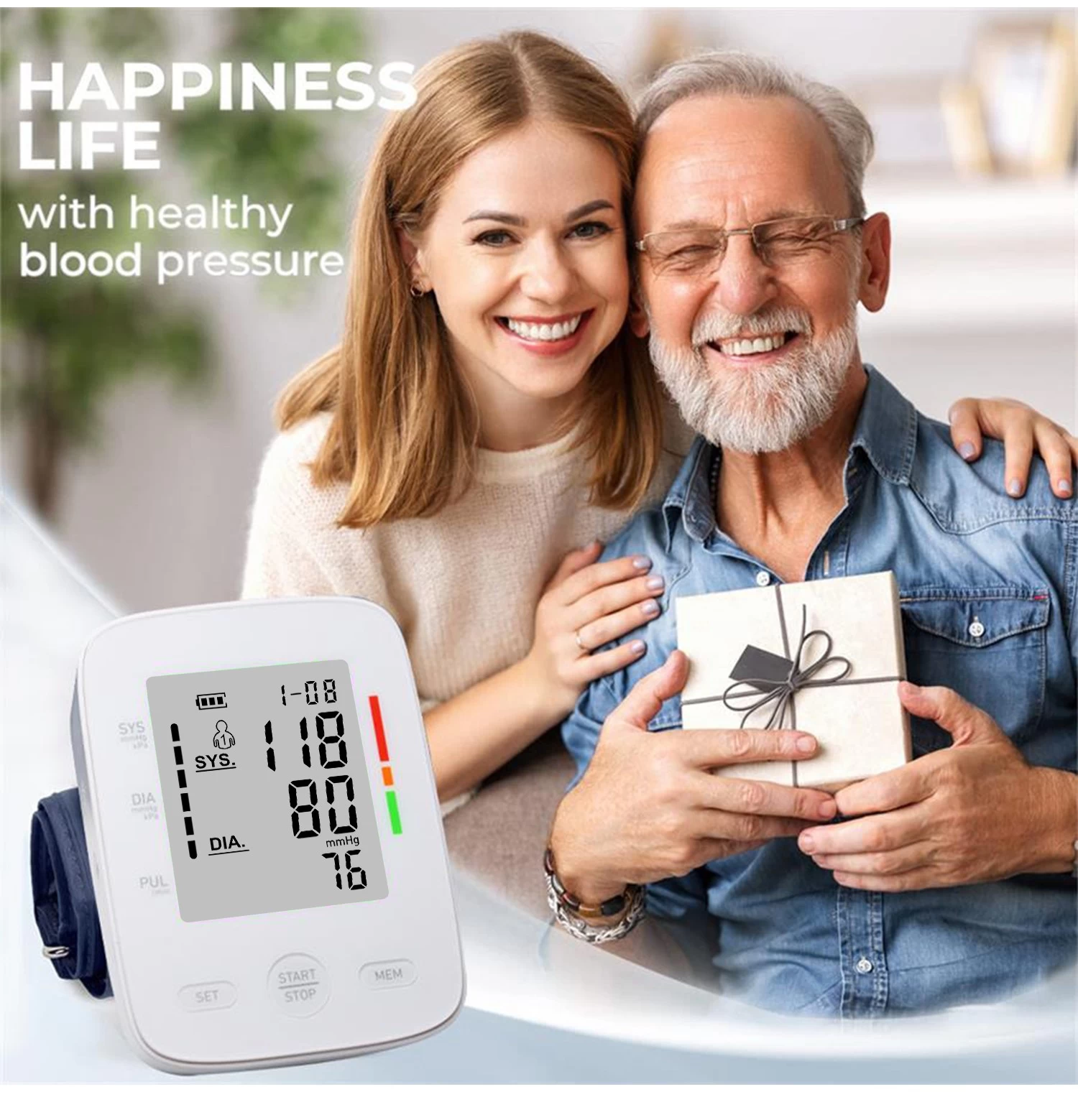
---
**Step 3: Follow the Proper Technique**
Correct technique ensures accurate readings. Use these tips for precise measurements:
1. **Position Yourself Properly**: Sit upright with your back supported and feet flat on the floor. Place your arm on a table or armrest so that the cuff is at the same level as your heart.
2. **Apply the Cuff Correctly**: Wrap the cuff snugly around your upper arm, leaving enough room to fit two fingers underneath. The cuff should be about 1 inch (2-3 cm) above your elbow.
3. **Remain Still and Silent**: During the measurement, avoid moving, talking, or making any sudden movements that could affect the result.
---
**Step 4: Record Your Readings**
Tracking your readings over time can reveal important health patterns. Each time you measure your blood pressure:
- Record the **date**, **time**, and the **readings** for both systolic (upper number) and diastolic (lower number) pressures.
- Note any factors that might have influenced the result, such as stress, diet, or physical activity.
- Use a digital app or a simple notebook to log your data for easy reference.
---
**Step 5: Interpret the Results**
Understanding your blood pressure readings empowers you to take control of your health. Blood pressure is categorized into the following ranges:
- **Normal**: Below 120/80 mmHg
- **Elevated**: 120-129/<80 mmHg
- **Stage 1 Hypertension**: 130-139/80-89 mmHg
- **Stage 2 Hypertension**: ≥140/90 mmHg
If your readings consistently fall outside the normal range, consult a healthcare provider for further advice.
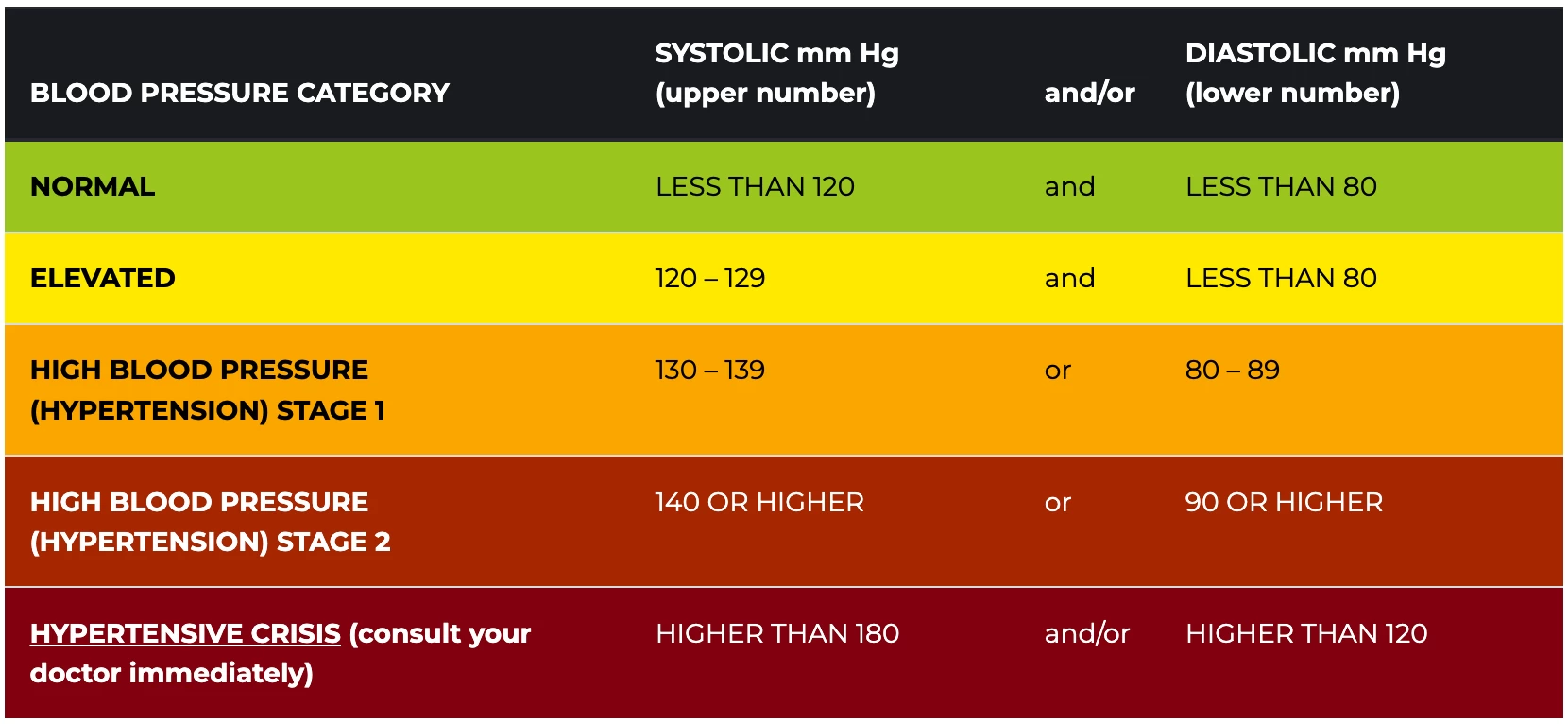
**Step 6: Make Blood Pressure Monitoring a Habit**
For optimal health management, incorporate regular blood pressure monitoring into your routine. Aim to measure at the same time each day, such as in the morning or evening. Establishing this habit helps you spot trends and take proactive steps to maintain healthy blood pressure.
---
**Bonus Tips for Better Blood Pressure Control**
Beyond regular monitoring, these lifestyle adjustments can improve your heart health:
1. **Adopt a Heart-Healthy Diet**: Emphasize fruits, vegetables, whole grains, and lean proteins while reducing salt and saturated fat intake.
2. **Stay Active**: Engage in moderate exercise like walking or cycling for at least 30 minutes most days of the week.
3. **Manage Stress**: Practice relaxation techniques such as deep breathing, yoga, or meditation to keep stress in check.
4. **Limit Caffeine and Alcohol**: Excessive consumption can negatively affect blood pressure levels.
---
**Conclusion: Take Charge of Your Health**
Using a blood pressure monitor correctly is a simple yet powerful way to stay in tune with your body and make informed decisions about your health. By following these key steps, you can ensure accurate measurements and effectively manage your blood pressure over time. Regular monitoring, combined with a healthy lifestyle, will help you stay on the path to better well-being.

